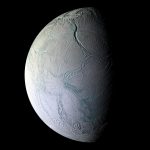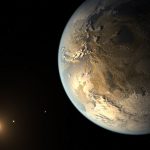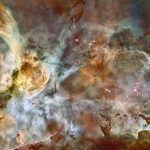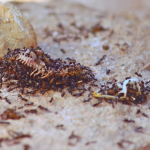
The past and future of exoplanet studies
Lucas Ellerbroek is an astronomer and writer of the book ‘Planet Hunters: the search for extraterrestrial life’. He is also the Institute Manager of the Anton Pannekoek astronomy department of the University of Amsterdam.
In our conversation today we’re exploring how far we will be able to peek into other solar systems in the coming years, after we’ve just had the first golden decade of exoplanet research.
We’ll talk about oceans of methane, robots vs humans, and a drunk moose that fell off the stairs at the mansion of Danish astronomer Tycho Brahe in the 17th century.
Space Cowboys is a BNR podcast brought to you by Yeah Science – where we follow the modern explorers of our universe. It is hosted by science journalist Thys Roes from Amsterdam.



